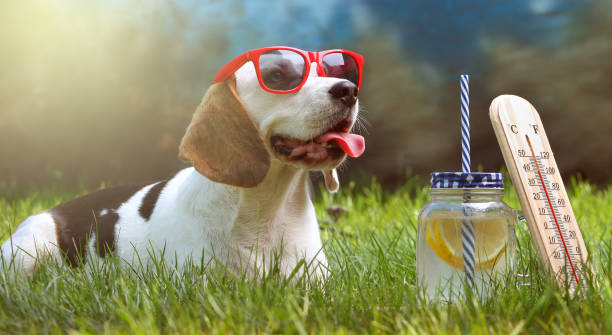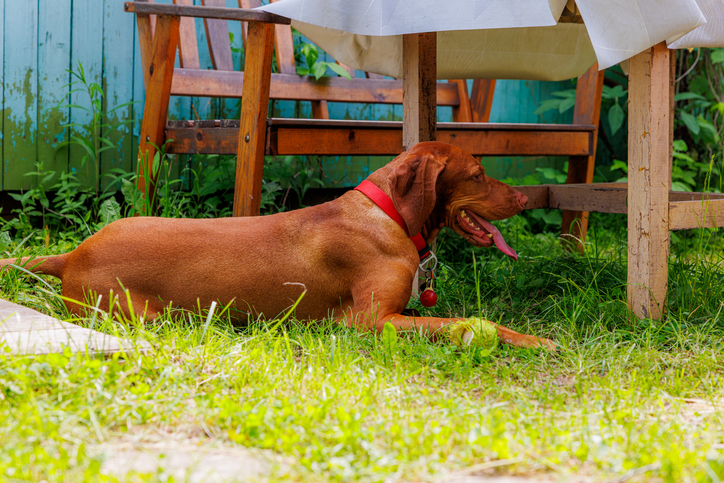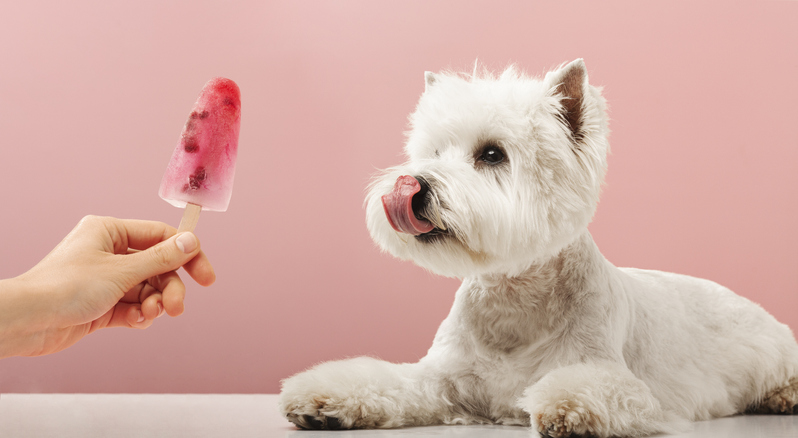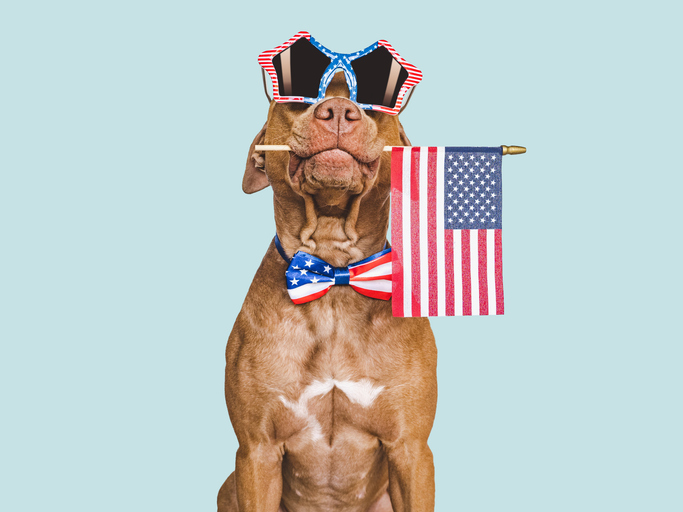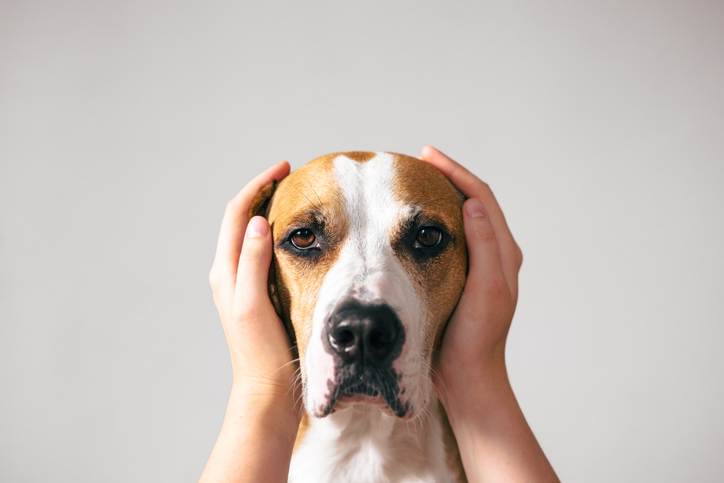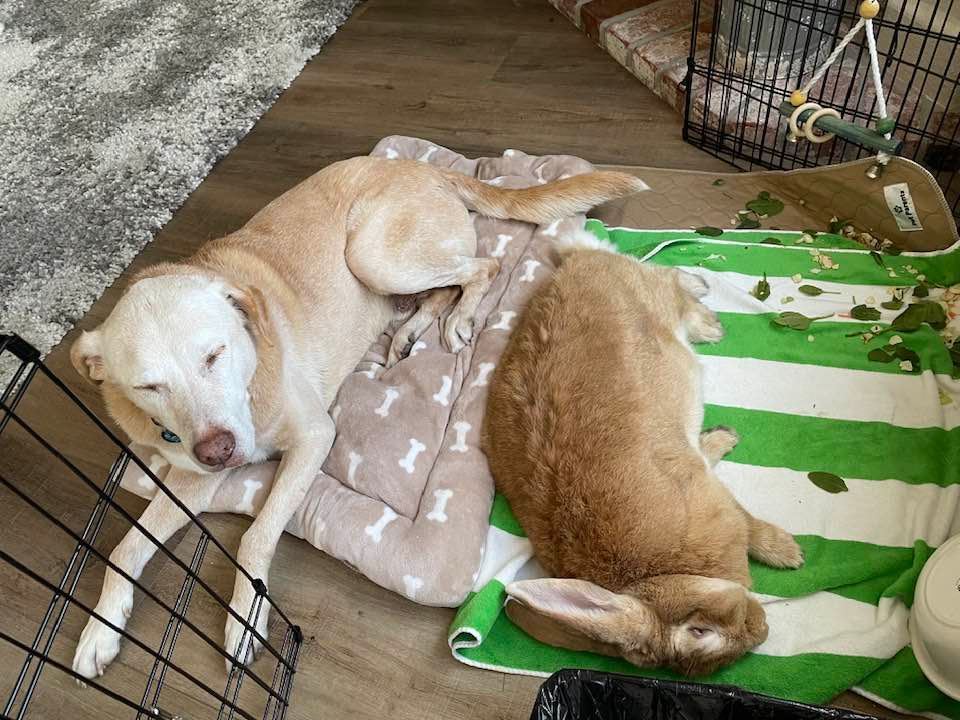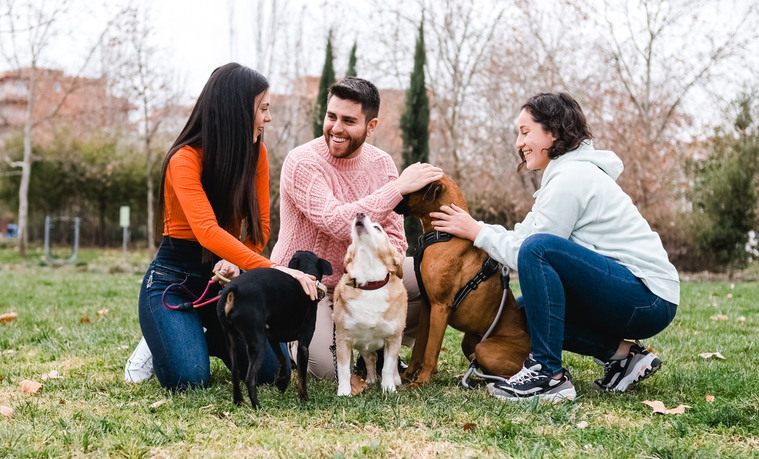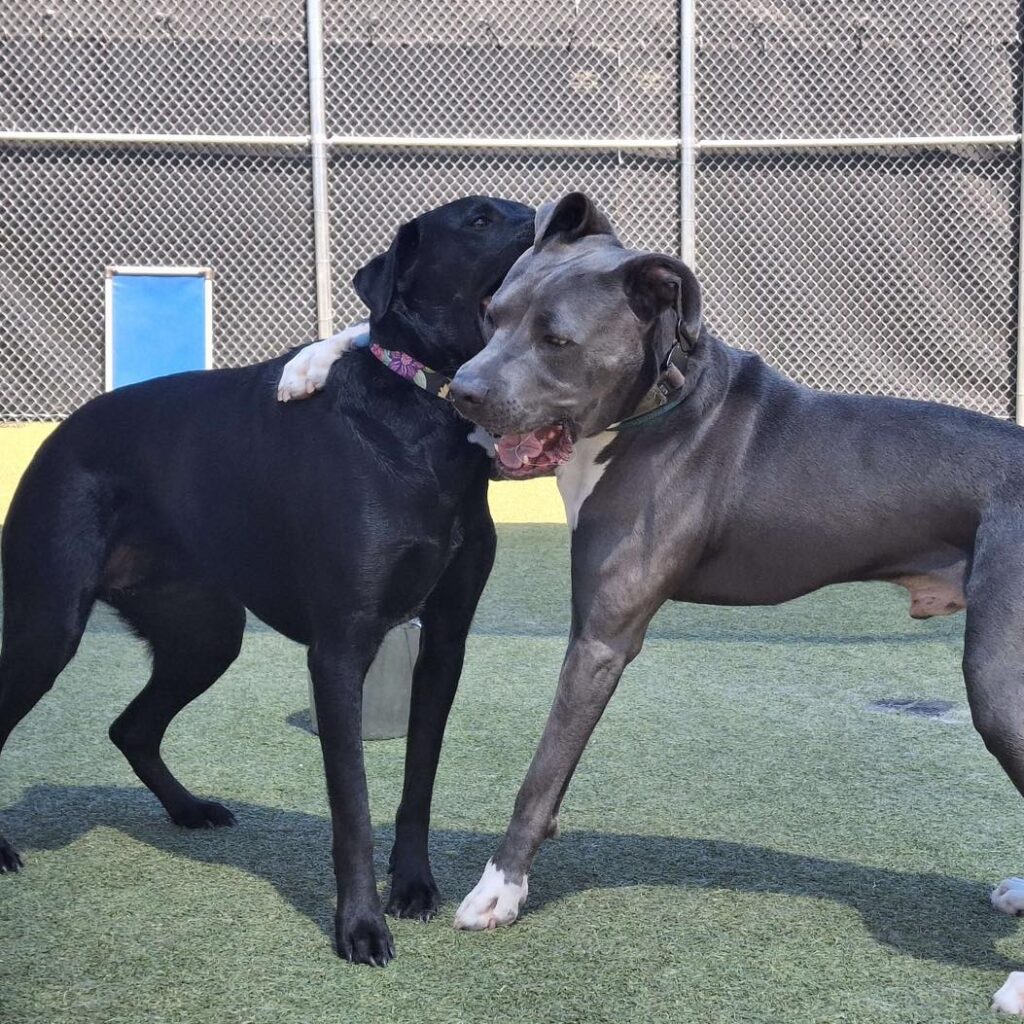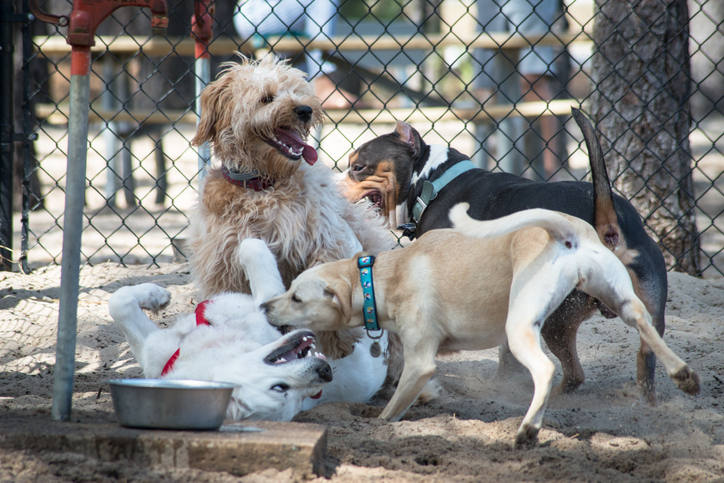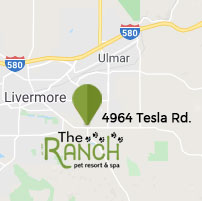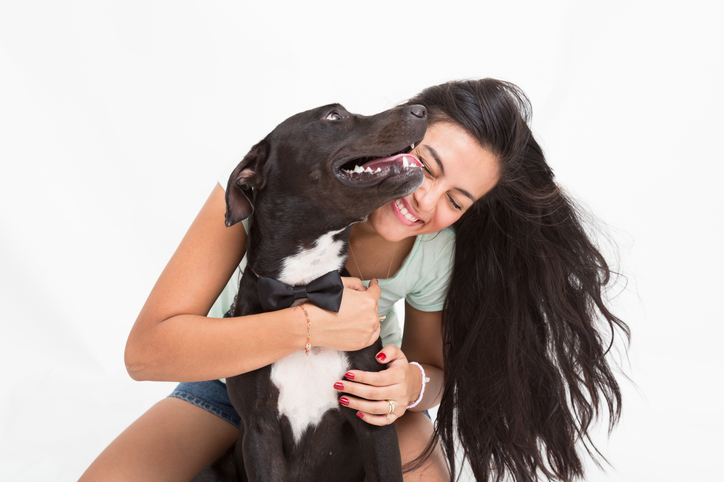
Dogs aren’t just pets—they’re family. They greet us with wagging tails, follow us from room to room, and sometimes seem to know exactly how we feel without a word spoken. But have you ever wondered how your dog communicates with you—or how you can deepen that bond even more?
Let’s explore the art of bonding and communication with your furry best friend.
1. Understanding Canine Body Language
Dogs speak volumes without saying a word. Learning to read your dog’s body language is the first step toward better communication.
- Tail wagging doesn’t always mean happiness—look at speed, height, and direction.
- Ears up and forward may mean curiosity, while flattened ears often signal fear or submission.
- Yawning, lip licking, or turning away can mean your pup feels stressed.
Tip: Pay attention to the whole body, not just one sign, to understand what your dog is trying to tell you.
2. The Power of Voice and Tone
Dogs don’t understand every word, but they recognize tone, pitch, and emotion.
- A high-pitched, happy voice encourages play and excitement.
- A calm, low tone reassures and soothes.
- Short, clear commands like “sit,” “stay,” or “come” work better than long sentences.
Tip: Consistency in your voice helps your dog know what you expect.
3. Quality Time Builds Trust
Spending time together is the foundation of bonding. Walks, playtime, and training sessions aren’t just exercise—they’re opportunities to strengthen your relationship.
- Try interactive games like fetch, hide-and-seek, or puzzle toys.
- Incorporate training into daily routines—it keeps your dog’s mind sharp and builds respect.
- Don’t forget quiet bonding, too: cuddles on the couch or simply sitting together.
4. Physical Touch and Affection
Just like humans, dogs thrive on safe, gentle touch.
- Many love belly rubs, ear scratches, or gentle brushing.
- Some may prefer space—respecting boundaries also builds trust.
- Touch releases oxytocin (the “love hormone”) in both you and your dog, deepening your bond.
5. Listening Goes Both Ways
Bonding isn’t just about giving commands—it’s about listening. If your dog hesitates, avoids something, or reacts strongly, pay attention. They’re communicating discomfort or fear, and honoring that makes them feel safe.
6. Celebrate the Little Things
Every wag, cuddle, or glance is part of your unique bond. Celebrate milestones—first successful “sit,” first long walk, or even just the joy of being together. The more you tune in to your dog’s world, the more they’ll tune in to yours.
Final Thoughts
Communication with your dog is a two-way street. When you take time to understand their signals, respond with love and consistency, and make space for shared experiences, your bond becomes unshakable.
At the end of the day, your dog doesn’t need perfection—they just need you.


